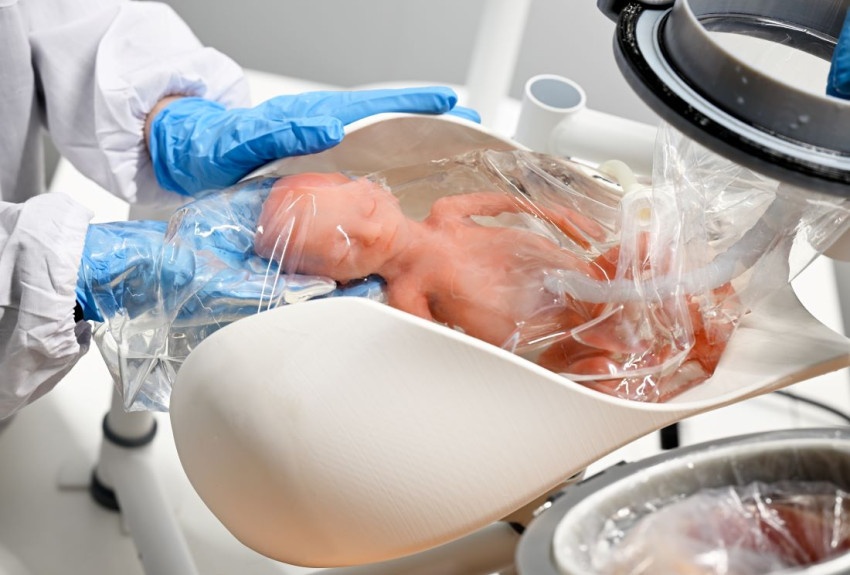
Paint gun for measuring photocatalytic coatings
The Fraunhofer-Gesellschaft's Institute for Surface Engineering and Thin Films IST in Germany has created a device for testing photocatalytic coatings. These coatings often fail to work properly, and no one is entirely sure why. This invention is designed to change that situation.
Photocatalytic cleansing sounds ideal: you apply a simple coating (e.g. titanium dioxide) to a building façade to ensure that NOx and other impurities are removed from the air. This works in theory, but in practice the results are disappointing: yields are lower than expected and the costs are higher.
PAINT AS A CONTAMINANT
We're unsure about how that is possible. The Fraunhofer-Gesellschaft wants to change this situation: researchers designed a type of gun that scans coatings. The gun contains a cartridge of paint that counts as 'contamination'. You press the gun against a coated surface, shoot the paint at it and then measure how fast the paint is cleaned up
In the lab, the researchers have been able to accurately measure how the degree of 'cleaning' of the paint reflects the quality of the coating. They therefore think that the paint gun has a practical application.
BETTER RESEARCH
Until now, testing of photocatalytic coatings was not really an exact science. It is often a try-out that doesn't work, so the contractor gives up. The Fraunhofer-Gesellschaft hopes that projects can be tested faster and more effectively using their paint gun. This would create a clearer picture of whether or not a coating will work.
If you found this article interesting, subscribe for free to our weekly newsletter!






